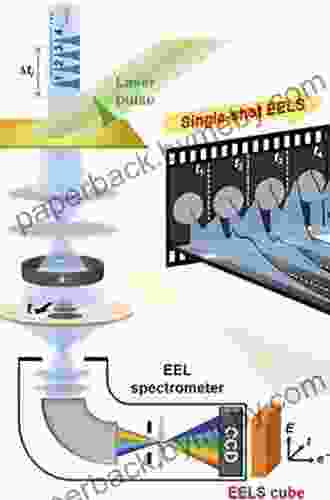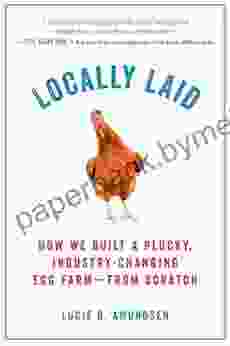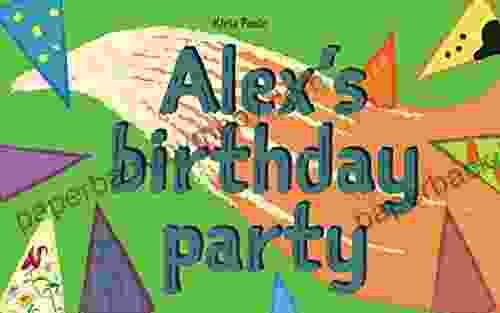Electron Energy Loss Spectroscopy In The Electron Microscope: Unlocking the Secrets of Matter at the Nanoscale

Electron Energy Loss Spectroscopy (EELS) is a powerful analytical technique that harnesses the capabilities of the electron microscope to unveil the chemical composition and electronic structure of materials at the nanoscale. By analyzing the energy lost by electrons as they interact with a specimen, EELS provides invaluable insights into the atomic and molecular makeup of a wide range of materials.
4.7 out of 5
| Language | : | English |
| File size | : | 18472 KB |
| Text-to-Speech | : | Enabled |
| Screen Reader | : | Supported |
| Enhanced typesetting | : | Enabled |
| Print length | : | 1102 pages |
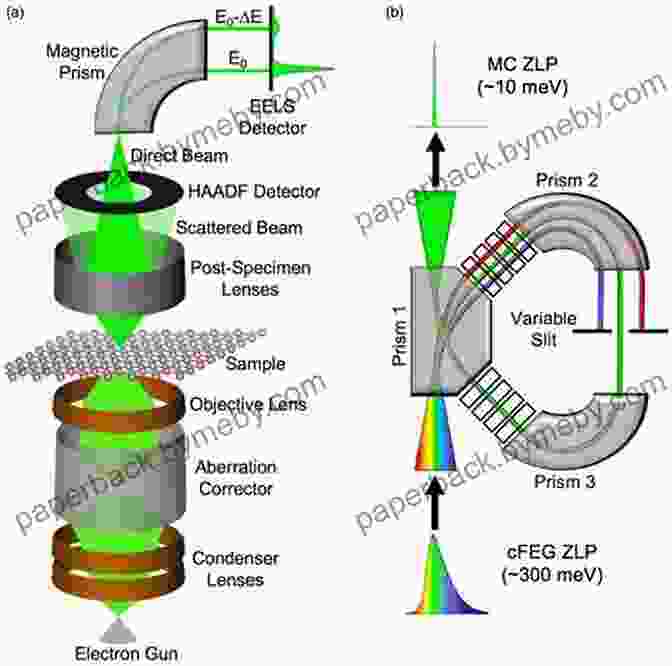
Principle of EELS
EELS relies on the inelastic scattering of electrons within the specimen. As an electron beam traverses a material, it can interact with atomic electrons, causing them to excite or ionize. The energy lost by the electrons in these interactions is characteristic of the specific elements and chemical bonds present.
By analyzing the energy distribution of the scattered electrons, EELS can distinguish between different elements and identify their chemical states. The technique is particularly sensitive to light elements, which are often difficult to detect using other analytical methods.
Capabilities of EELS
EELS offers a comprehensive suite of capabilities, enabling researchers to:
Applications of EELS
EELS has found widespread applications in various scientific disciplines, including:
Advantages of EELS
EELS offers several key advantages over other analytical techniques:
Electron Energy Loss Spectroscopy is a transformative technique that empowers researchers to explore the chemical composition and electronic structure of materials at the nanoscale. With its unparalleled spatial resolution, elemental sensitivity, and chemical bonding information, EELS has become an indispensable tool in various scientific disciplines. As EELS continues to evolve, it will further expand our understanding of the microscopic world and contribute to the development of innovative materials and technologies.
4.7 out of 5
| Language | : | English |
| File size | : | 18472 KB |
| Text-to-Speech | : | Enabled |
| Screen Reader | : | Supported |
| Enhanced typesetting | : | Enabled |
| Print length | : | 1102 pages |
Do you want to contribute by writing guest posts on this blog?
Please contact us and send us a resume of previous articles that you have written.
 Book
Book Novel
Novel Page
Page Chapter
Chapter Text
Text Story
Story Genre
Genre Reader
Reader Library
Library Paperback
Paperback E-book
E-book Magazine
Magazine Newspaper
Newspaper Paragraph
Paragraph Sentence
Sentence Bookmark
Bookmark Shelf
Shelf Glossary
Glossary Bibliography
Bibliography Foreword
Foreword Preface
Preface Synopsis
Synopsis Annotation
Annotation Footnote
Footnote Manuscript
Manuscript Scroll
Scroll Codex
Codex Tome
Tome Bestseller
Bestseller Classics
Classics Library card
Library card Narrative
Narrative Biography
Biography Autobiography
Autobiography Memoir
Memoir Reference
Reference Encyclopedia
Encyclopedia S A Evergreen
S A Evergreen Lizzie Benton
Lizzie Benton Max Mittelstaedt
Max Mittelstaedt Matthew Paul Turner
Matthew Paul Turner Sarah Fabiny
Sarah Fabiny Ken Gullette
Ken Gullette Kerry Lonsdale
Kerry Lonsdale Mats Alvesson
Mats Alvesson Robin Varnum
Robin Varnum Kim Fedyk
Kim Fedyk Ketut Suasti
Ketut Suasti Kimberly Gordon
Kimberly Gordon Linda K Miller
Linda K Miller Susanna Heli
Susanna Heli Kimberly Seals Allers
Kimberly Seals Allers Michelle Mone
Michelle Mone Sheila Willcox
Sheila Willcox Michael Part
Michael Part Michael Jan Friedman
Michael Jan Friedman Lisa Robinson
Lisa Robinson
Light bulbAdvertise smarter! Our strategic ad space ensures maximum exposure. Reserve your spot today!
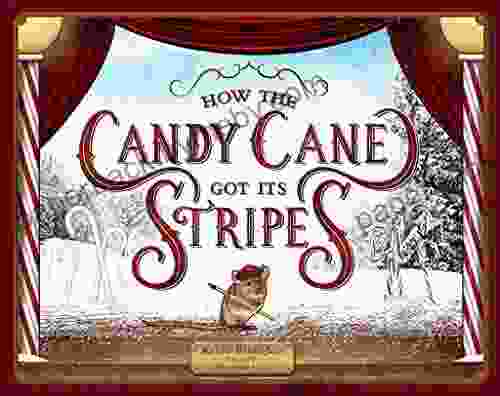
 William WordsworthUnveil the Sweet Origins of the Candy Cane: A Literary Expedition into Its...
William WordsworthUnveil the Sweet Origins of the Candy Cane: A Literary Expedition into Its... Rudyard KiplingFollow ·15.4k
Rudyard KiplingFollow ·15.4k Davion PowellFollow ·18.2k
Davion PowellFollow ·18.2k Benjamin StoneFollow ·9.1k
Benjamin StoneFollow ·9.1k Italo CalvinoFollow ·9.9k
Italo CalvinoFollow ·9.9k Clark CampbellFollow ·16k
Clark CampbellFollow ·16k Dalton FosterFollow ·14.7k
Dalton FosterFollow ·14.7k Owen SimmonsFollow ·17.3k
Owen SimmonsFollow ·17.3k Luke BlairFollow ·9.9k
Luke BlairFollow ·9.9k

 Isaac Asimov
Isaac AsimovEmbark on an Epic Adventure: The Colorado Trail 9th...
Unveiling the Treasures of the Colorado...

 Clinton Reed
Clinton ReedUltimate Football Heroes: Uncover the Gridiron Greatness...
Enter the World...

 Ibrahim Blair
Ibrahim BlairUnveiling the Secrets of Stolen Focus: A Journey to...
In today's relentless digital...

 Colt Simmons
Colt SimmonsRediscover the Founding Father's Vision: Thomas Jefferson...
Immerse Yourself in the Unedited Words of...
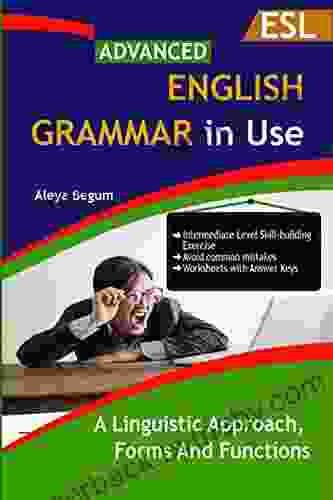
 Juan Butler
Juan ButlerExcel in Language Learning: The Ultimate Self-Study...
Unlock Your Language Potential with Our...
4.7 out of 5
| Language | : | English |
| File size | : | 18472 KB |
| Text-to-Speech | : | Enabled |
| Screen Reader | : | Supported |
| Enhanced typesetting | : | Enabled |
| Print length | : | 1102 pages |


